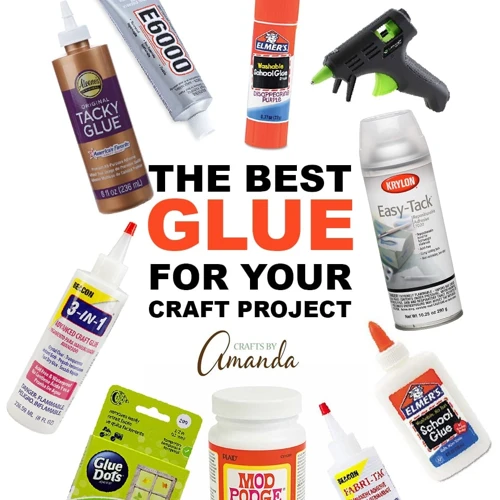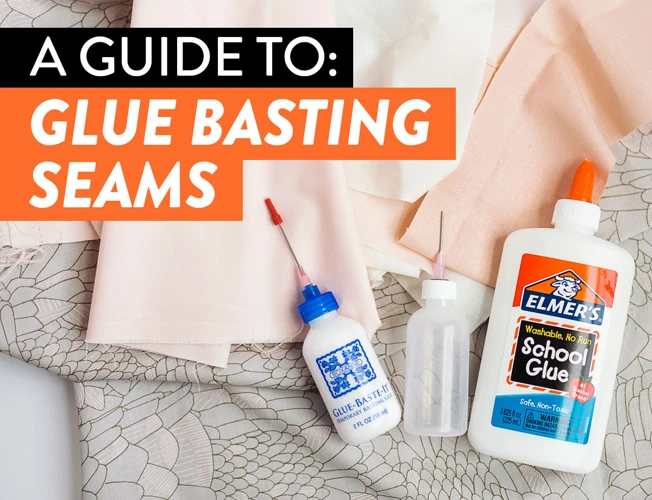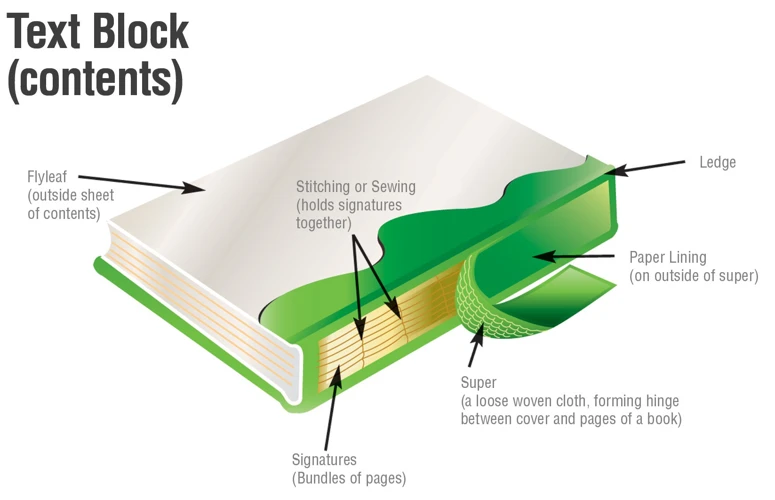Embarking on the journey of DIY book restoration can be a deeply rewarding endeavor. Whether you’re a bibliophile, a student, or a professional conservator, understanding the nuances of book repair is essential. It breathes new life into cherished volumes, ensuring their stories and secrets are preserved for future generations.
Understanding the Basics of Book Repair
Book repair combines art and science, requiring patience, precision, and the right techniques. It’s about more than simply fixing damage; it’s about restoring the integrity and appearance of the book. Before diving into the process, it’s crucial to comprehend the book’s anatomy and the type of damage you’re facing.
Choosing the Right Book Repair Adhesive
Selecting an appropriate book repair adhesive is a critical step in the restoration process. The longevity and effectiveness of your repair work depend heavily on the glue you choose.
Best Glue for Paperbacks and Hardcover Books
When it comes to repairing books, not all adhesives are created equal. The best glue for paperbacks and hardcover books is one that’s flexible, strong, and archival quality. PVA (polyvinyl acetate) glue is often recommended due to its long-lasting bond and non-acidic properties.
Homemade Book Glue Options
For those preferring a more traditional approach, homemade book glue can be a viable option. Recipes typically include natural ingredients like wheat starch or methylcellulose, offering a gentle adhesive solution that’s less likely to damage the delicate pages of an aging tome.
Preparing for the Repair Process
Preparation is the key to a successful book repair. Taking the time to gather the right materials and assess the damage will streamline the restoration process.
Gathering Necessary Materials
Before you begin, assemble all the necessary materials. This includes your chosen book repair adhesive, wax paper, clean cloths, a bone folder, and other tools specific to the task at hand.
Assessing the Damage and Planning the Repair
Examine the book carefully to understand the extent of the damage. Is the spine detached, or are the pages loose? Develop a step-by-step plan based on your assessment to ensure a methodical approach to the repair work.
Bookbinding Glue Techniques
Mastery of bookbinding glue techniques is pivotal for a successful restoration. Proper application can make the difference between a book that lasts for years and one that falls apart again quickly.
Cleaning and Preparing the Spine
The spine is often the most vulnerable part of a book. Clean any old glue from the spine, ensuring a smooth surface for the new adhesive. This step is crucial for a strong bond.
Reattach Book Spine: Step-by-Step Guide
To reattach a book spine, carefully apply your chosen adhesive along the spine’s surface. Align the cover, pressing firmly to ensure it adheres properly. Allow it to dry completely before handling.
Fixing Loose Book Binding
A common issue with well-loved books is loose binding. This can lead to pages falling out or an unstable text block, but it’s a fixable problem.
Glue Book Pages Without Causing Further Damage
To glue book pages without causing further damage, apply a thin layer of adhesive along the edge of the page, using a brush for precision. Press the page firmly in place, wiping away any excess glue.
Tightening a Gap Between the Pages and Spine
If there’s a gap between the pages and spine, gently apply adhesive into the gap with a needle or thin applicator. Press the pages back against the spine and allow them to dry under weight.
DIY Book Restoration: A Comprehensive Bookbinding Tutorial
DIY book restoration can be an extensive process, but with the right guidance, it’s an achievable goal. A comprehensive bookbinding tutorial can provide step-by-step instructions for various repairs.
Reattaching Loose Pages and Securing the Text Block
Reattaching loose pages starts with applying a thin line of adhesive along the page’s edge. Place the page back into its correct position, ensuring it’s aligned with the text block. Secure it in place until the glue dries.
Repairing a Broken Hinge with Precision
A broken hinge can be repaired by reinforcing it with cloth or paper strips coated in adhesive. Carefully position the strips along the hinge and press down, making sure not to restrict the cover’s movement.
Finishing Touches: Preserving Old Books
The final touches to book restoration are as important as the initial repairs. They ensure your hard work endures and that the book remains protected from future damage.
Protecting the Book Cover and Edges
Protect the book cover and edges by applying a clear, protective coating. This can prevent further wear and tear, especially on corners and edges that are prone to damage.
Long-Term Preservation Tips for Your Restored Books
Store your preserved old books in a cool, dry place away from direct sunlight. Consider using archival-quality book covers or boxes for additional protection against dust and environmental factors.
Conclusion: Empowering Your Book Repair Skills
Throughout this article, we’ve explored various techniques and tips for DIY book restoration. By following these guidelines, you can empower your book repair skills and give your treasured books the care they deserve.
Recap of DIY Techniques and Encouragement to Practice
A recap of the discussed DIY techniques underscores the importance of patience and practice. Each book is unique, and each repair may present its own challenges. Continual practice will refine your skills and improve the outcomes of your restoration projects.
Supplementary Materials and Resources
For those looking to delve deeper into book restoration, supplementary materials and resources are invaluable. They can expand your knowledge and introduce you to more advanced techniques.
Advanced Bookbinding Techniques for Enthusiasts
Advanced bookbinding techniques can include sewing bindings, creating leather covers, or intricate gold leafing. These skills can elevate your restorations from simple repairs to works of art.
If you’re a book enthusiast or a DIY hobbyist looking to repair or create your own books, mastering the art of bookbinding can be a rewarding skill. Our comprehensive guides can help you with different techniques for binding books. For a traditional approach, explore our step-by-step tutorial on how to glue bind a book, which is a popular method for creating durable and professional-looking books. If you’re interested in alternatives that don’t require glue, we also have resources on how to bind a book without glue. And for more general adhesive techniques, not just related to bookbinding, you might find our article on how to glue various materials helpful. Whether you’re repairing a treasured volume or assembling your own manuscript, these guides will provide the knowledge you need.
Recommended Supplies for Ongoing Book Care
Finally, having a set of recommended supplies on hand is essential for ongoing book care. This includes archival-quality storage options, cleaning tools, and a variety of adhesives to suit different repair needs.
Embarking on your DIY book restoration journey can be a fulfilling experience. With patience, the right materials, and a steady hand, you can preserve the legacy of your library, one page at a time.


